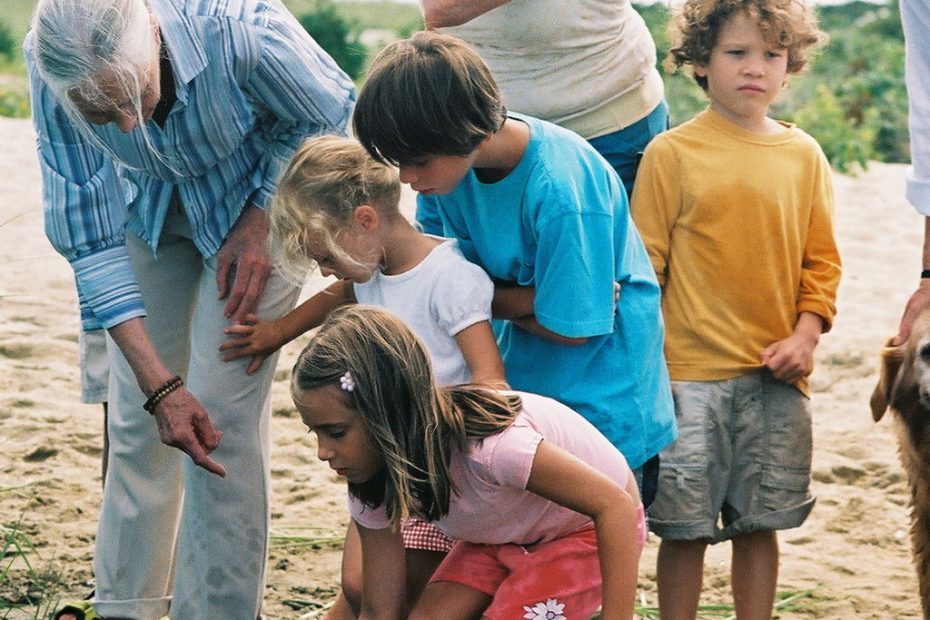By W. George Scarlett
At four, the future primatologist Jane Goodall wondered how eggs come out of a hen—so she crawled into her family’s little henhouse to find out. After a while, a hen followed her in and gave her the answer. The little girl was mesmerized. When she finally emerged from the henhouse, she was met by worried adults who had been searching for her for almost four hours, so engrossed had she been by the laying of eggs.
Experiences such as Goodall’s make it clear that wonder can start a child on the pathway to becoming an earth steward. And clearly, that experience of wonder follows as an earth steward develops and matures. But what is not so clear is how wonder itself develops – or at least how the sources of wonder become more subtle and complex, as do the expressions of wonder.
To gain some understanding of how wonder develops, consider another earth steward exemplar, Rachel Carson. Early on in her book, Under the Sea-Wind, Rachel Carson gives us the following brief summary of what ocean life is like for the creatures who inhabit it:
“The ghost crab, still at his hunting for beach fleas, was alarmed by the turmoil of birds overhead, by the many racing shadows that sped over the sand. By now he was far from his own burrow. When he saw the fishermen walking across the beach, he dashed into the surf – preferring this refuge to flight. But a large channel bass was lurking nearby, and in a twinkling, the crab was seized, and eaten. Later, in the same day, the bass was attacked by sharks — and what was left of it was cast up by the tide on the sand. There the beach fleas, scavengers of the shore, swarmed over it and devoured it.”
In this brief story, we see Carson’s ocean-centric way of understanding, a way that adopts not the perspectives of humans but those of the ocean creatures themselves and of ocean elements such as tides. Furthermore, we see in this ocean-centric way of understanding, not a sentimental analogizing from human experience but a deep understanding of the behavior of ocean creatures and ocean elements, an understanding born, no doubt, of countless hours of observation and research .
But in addition, in her account, we start to understand the cycles within Nature that elicit in us a new and more mature sense of wonder. There is, then, more than science at work in this account. There is prose poetry used to capture the wonder of ocean cycles – because for Carson, one cannot give an accurate account of the natural world without giving an account of its wonder.
Later, when she was receiving a prize for one of her books on the ocean, she replied, “If there is poetry in my book about the sea, it is not because I deliberately put it there, but because no one could write truthfully about the sea and leave out the poetry.” While Carson here uses the word poetry, clearly what she has in mind is poetry’s function, namely, to elicit the wonder that she claimed was not simply in our experience, but also in the ocean itself. In a strange and wondrous way, then, Carson’s treatment of wonder seems almost child-like even as it has all the sophistication and complexity that comes from a life-time of developing as a scientist and earth steward.


